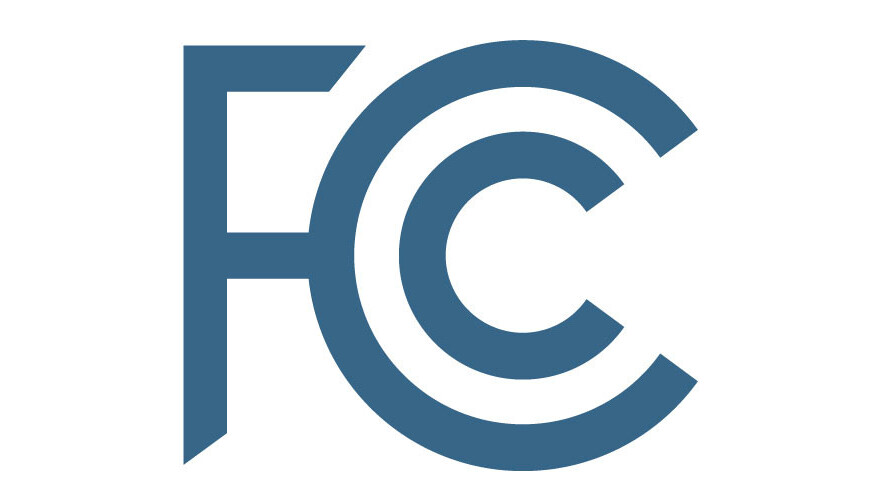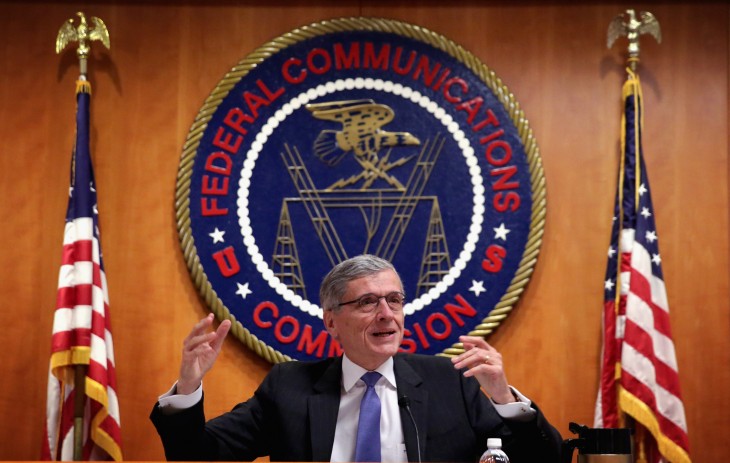
If you’ve noticed a bit more outrage than usual on the internet, you’re not alone. Today’s FCC proposal concerning net neutrality has many in the tech world extremely upset.
Many believe that the fundamental philosophy of the internet — that all information should flow freely without encountering tiers of access — is in jeopardy. They’re not far off. If ISPs (Internet Service Providers) get their way, your access to web will change dramatically in the near future.
Here’s what happened today in plain English and what it means to you:
What was at stake today?
Currently, most traffic traveling over the web is treated the same. Whether you access YouTube or a friend’s video hosting site, the data flows at the same speed. All traffic is deemed equal. This is known as net neutrality. No one company can pay an ISP for quicker access to your devices at the expense of other traffic. Everyone gets the same access and it’s up to the consumer how they use their internet traffic.
Everything was working great until Verizon brought suit against the FCC net neutrality rules that were enacted in 2010. In January, a Federal Appeals Court sided with Verizon and struck down the FCC rules for internet providers. The court ruled the FCC didn’t have the authority to preside over the bandwidth doled out by ISPs.
The original FCC net neutrality rules were flawed. But, it has a chance to change how it regulates ISPs. Today, the FCC was going to determine how it treated internet access with a revised proposal on a new net neutrality framework. Unfortunately, the proposed new rules include something called “fast lanes” and we’re back to the original problem of tiered access.
Why is everyone so mad?
Today the FCC voted 3-2 in favor on preliminary proposal to allow “fast lanes.” The “Protecting and Promoting the Open Internet” Notice of Proposed Rulemaking (NPRM) returns tiered internet access to the table. If the fast lane portion of the proposal passes, ISPs could charge companies a premium for quicker access to its customers.
The results could squelch the access to ISP customers by smaller companies unable to afford to pay for connectivity. The problem is each ISP has a finite amount of broadband it can offer. These fast lanes won’t appear out of thin air, they will be segmented from your current subscription speed. For example: If Netflix is getting premium access to your home, it’s at the network expense of smaller companies. In other words, fast lanes actually means slow lanes for any company unwilling or unable to pony up some cash.
If that doesn’t bother you, here’s something that might. There’s a high likelihood that fast lanes will result in higher bills from companies like Netflix, Amazon, Apple and Spotify. If those companies have to pay more to deliver their streaming media, they will pass that expense on to its customers. That’s you.
Vox compared it to the TSA’s PreCheck. Like the incentive to get through airport security quicker, there will be an incentive for companies to join the fast lane. Expect all the large services and companies to do just that because they don’t have a choice. If they want to get their content to you in a timely fashion, they’ll pay. Meanwhile, the smaller companies will be stuck in a long line waiting their turn.
How did this happen?
In 2010 the FCC created the Open Internet Order that stated, “fixed broadband providers may not unreasonably discriminate in transmitting lawful network traffic.” It was net neutrality with a pretty name. Then Verizon brought a suit against the FCC believing that the commission had no right to regulate its business practices. An appeals court agreed and struck down the order in January. Without the authority to regulate internet access like a utility, the Open Internet Order didn’t have any teeth.
This put the FCC on notice to create a new set of proposals. Today’s “Protecting and Promoting the Open Internet” Notice of Proposed Rulemaking (NPRM) is the commission’s net neutrality do-over.
What was decided?
Today’s decision is actually the first step in making a decision about how the FCC regulates ISPs. The FCC is asking the public if paid prioritization or “fast lanes” should be banned outright. It’s also seeking comment on creating a legal framework to give the FCC actual authority over ISPs. It wants opinions on whether Section 706 of the Telecommunications Act of 1996 or Title II of the Communications Act is better suited to keep net neutrality alive.
Title II would reclassify ISPs as a Common carrier. The FCC has domain over Common carriers like AT&T and can regulate how those companies deliver services and what they charge customers. Section 706 (it would be used to foster more competition in the broadband market) was dealt a legal blow in January by the appeal court, but FCC Chairman Tom Wheeler seems to be favoring its ability to foster broadband competition. And while the preliminary proposal allows for internet fast lanes, Wheeler issued the following statement:
The potential for there to be some kind of ‘fast lane’ available to only a few has many people concerned. Personally, I don’t like the idea that the Internet could become divided into ‘haves’ and ‘have nots.’ I will work to see that does not happen. In this Item we specifically ask whether and how to prevent the kind of paid prioritization that could result in ‘fast lanes.’
Plus, if fast lanes are enacted, there are some rules on handling traffic the ISPs would need to follow, according to Wheeler:
If the network operator slowed the speed below that which the consumer bought (for reasons other than reasonable network management), it would be a commercially unreasonable practice and therefore prohibited
If the network operator blocked access to lawful content, it would violate our no blocking rule and be commercially unreasonable and therefore doubly prohibited
When content provided by a firm such as Netflix reaches the consumer’s network provider it would be commercially unreasonable to charge the content provider to use the bandwidth for which the consumer had already paid and therefore prohibited
When a consumer buys specified capacity from a network provider he or she is buying open capacity, not capacity the network can prioritize for its own profit purposes. Prioritization that deprives the consumer of what the consumer has paid for would be commercially unreasonable and therefore prohibited.
In other words, ISPs still can’t block legal content, actively throttle speeds below the level where a service (like Netflix) would continue to work, or deny you full connectivity. You can read the entire statement.
But, and there’s always a but, let’s say you pay for 10Mbps and video service A can operate at a bare minimum of 2Mbps. If they refuse to pay for a fast lane, and your ISP was able to get a competitor (video service B) to pay, if you tried to stream both services in the house at once, video service B would come in crystal clear while video serve A keeps buffering. Instead of everyone equally sharing that 10Mbps, some services would get a bigger piece of the broadband pie and not be in violation.
Plus, the FCC proposed that ISPs must report any changes in their relationships with content providers and its consumers. Added transparency on the wheelings and dealings of an ISP is a good thing. The commission also wants a public advocate to act on the behalf of the consumers. Considering that Chairman Wheeler used to be a lobbyist for cable companies, it’s tough to trust that this advocate will be culled from the masses.
Now what?
We’re still in the rulemaking portion of the process. Nothing is finalized. In fact, the FCC is asking for comments on the proposal. It’s giving the public 60 days (from now until July 15) to submit initial comments. It is then allowing another 57 days (until September 10) for reply comments.
The “Protecting and Promoting the Open Internet” rules probably won’t be finalized until the end of the year or possibly until early next year. So there’s time to figure out the best course of action.
Plus, we still haven’t seen the full proposed set of rules. Once those are released, everyone will have a better idea what exactly is proposed.
But right now, ISPs can do whatever they want. No really, they can block sites, they can throttle sites. There are no rules to stop them. FCC Commissioner Migon Clyburn does a wonderful job explaining this in her statement that doubles as a letter to her mother.
What can I do?
Send the FCC a piece of your mind. Comment on the proposed rules. Tell them what you think about fast lanes and tiered internet access. Some prominent companies including Amazon, Microsoft and Twitter and 50 venture capitalists have already written to the FCC supporting net neutrality rules. To help you contact the FCC, the EFF (Electronic Frontier Foundation) has created Dear FCC. The site offers a form letter to send to the FCC. Take in consideration that all comments sent to the FCC are public record, so keep it clean.
Image credit: Alex Wong/AFP/Getty Images
Get the TNW newsletter
Get the most important tech news in your inbox each week.





